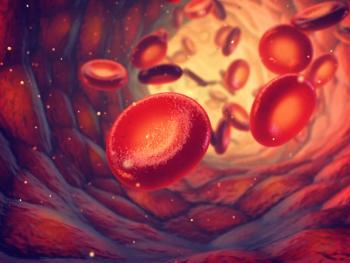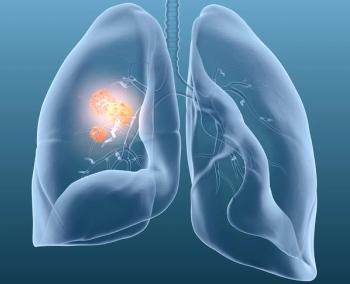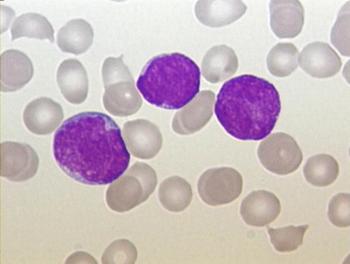
Greater Sleep Disturbance Associated With External Factors in Patients With GI Cancers
In patients with gastrointestinal cancers, factors such as younger age and comorbidities, among others, were significantly associated with a greater likelihood of sleep disturbance.
Higher levels of sleep disturbance were associated with certain factors such as younger age, a high rate of comorbidities, and a high number of prior anticancer therapies in patients with gastrointestinal (GI) cancers, according to a presentation from the recent 2021 Oncology Nursing Society (ONS) Annual Congress.
According to Yufen Lin MSN, RN, of the Duke University School of Nursing, chemotherapy is a common primary treatment for various GI cancers and, as a result, sleep disturbance is a frequent and distressing symptom of that treatment. These disturbances often lead to a decrease in patients’ functional status, treatment responses, and quality of life (QOL).
Previous studies have focused on various aspects of sleep disturbance and its impact on patients with cancer, including risk factors, but few have looked at sleep characteristics or combined all of this information into one study.
“Most studies have focused on patients with breast cancer, lung cancer, and prostate cancer,” Lin said in her presentation. “Less is known about sleep disturbance in patients with GI cancer.”
Therefore, Lin and her team took a “person-centered approach” to identify the subsets of patients with GI cancers with distinct sleep disturbance profiles and evaluate the differences among these subgroups in demographic, clinical, and sleep characteristics, co-occurring symptoms, as well as QOL outcomes.
To do so, 405 participants were asked to complete questionnaires 6 times over 2 cycles of chemotherapy. Levels of sleep disturbance were evaluated using the General Sleep Disturbance Scale (GSDS). This was also the first study to use latent profile analysis (LPA) to identify subgroups of patients with GI cancers with distinct sleep disturbance profiles.
In this analysis, investigators evaluated the differences in demographic, clinical, and sleep characteristics, co-occurring symptoms, and QOL outcomes among the subgroups, using parametric and non-parametric analyses.
In total, 3 different sleep disturbance classes were identified across the six assessments: low (35.8%), high (48.6%), and very high (15.6%). When compared to patients in the low group, those in the high and very high groups were significantly younger, had more comorbidities, had a higher number of prior cancer treatments, were less likely to be married or partnered, and were less likely to exercise on a regular basis.
Compared with the low group, patients in the very high sleep disturbance class were less likely to be employed and had a diagnosis of back pain; they were also more likely to report having childcare responsibilities.
Among all 3 sleep disturbance classes, significant differences that gradually increased in each group were found for comorbidity burden, occurrence of depression, and the GSDS subscale and total scores. Additionally, patients in the very high group reported higher levels of anxiety, depressive symptoms, morning and evening fatigue, and pain, with lower levels of attentional function and QOL scores at enrollment.
According to Lin, these findings provide new insights into the risk factors and co-occurring symptoms that could lead to higher levels of sleep disturbance in patients with GI cancers, which can, in turn, help health care providers identify and address these problems before they start.
“Clinicians can use common and distinct factors to identify high-risk patients with sleep disturbance, and also initiate appropriate sleep hygiene education and referrals,” Lin said.
Additionally, these findings highlighted the need for further research into the underlying mechanisms that contribute to the development of sleep disturbance, and could prompt providers to develop personalized symptom management interventions to reduce symptom burden and improve QOL.
Reference
Yufen L., Bailey D., Docherty S. Distinct Sleep Disturbance Profiles in Patients with Gastrointestinal Cancers Receiving Chemotherapy. Presented at: Oncology Nursing Society 46th Annual Congress; April 20, 22, 27, and 29, 2021. Late-Breaking Abstract #5.
Newsletter
Stay up to date on recent advances in the multidisciplinary approach to cancer.

















































































